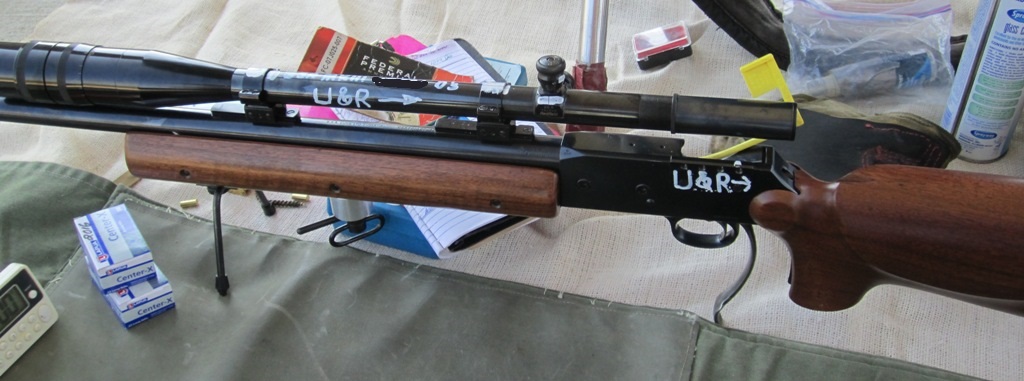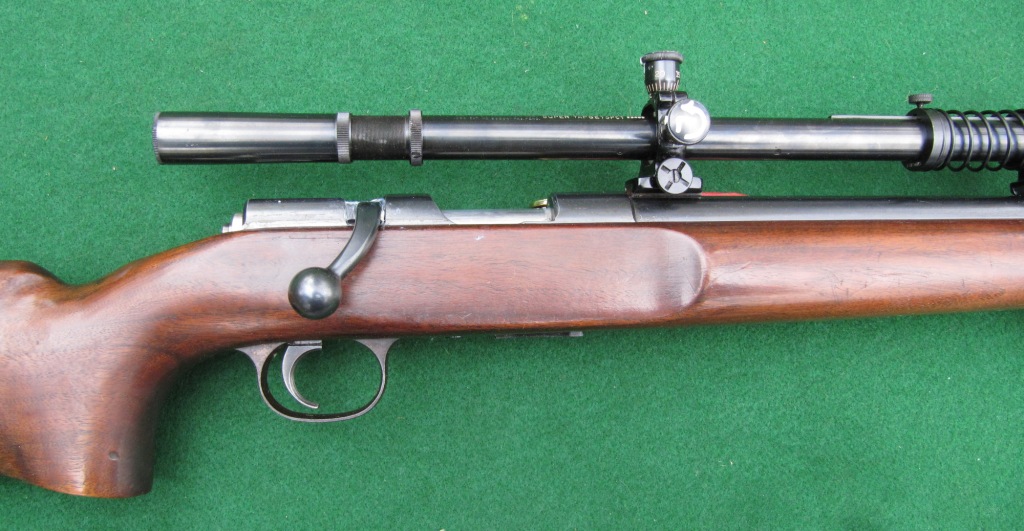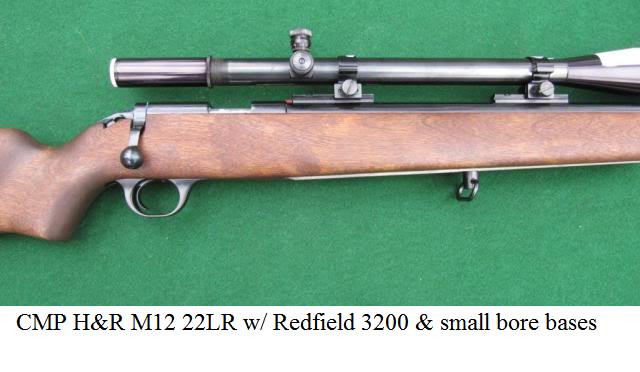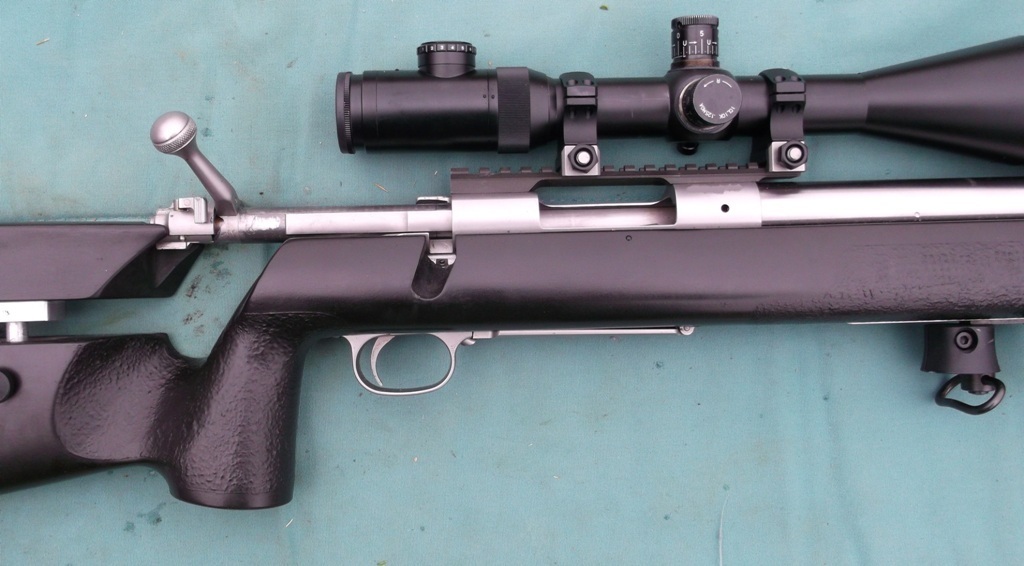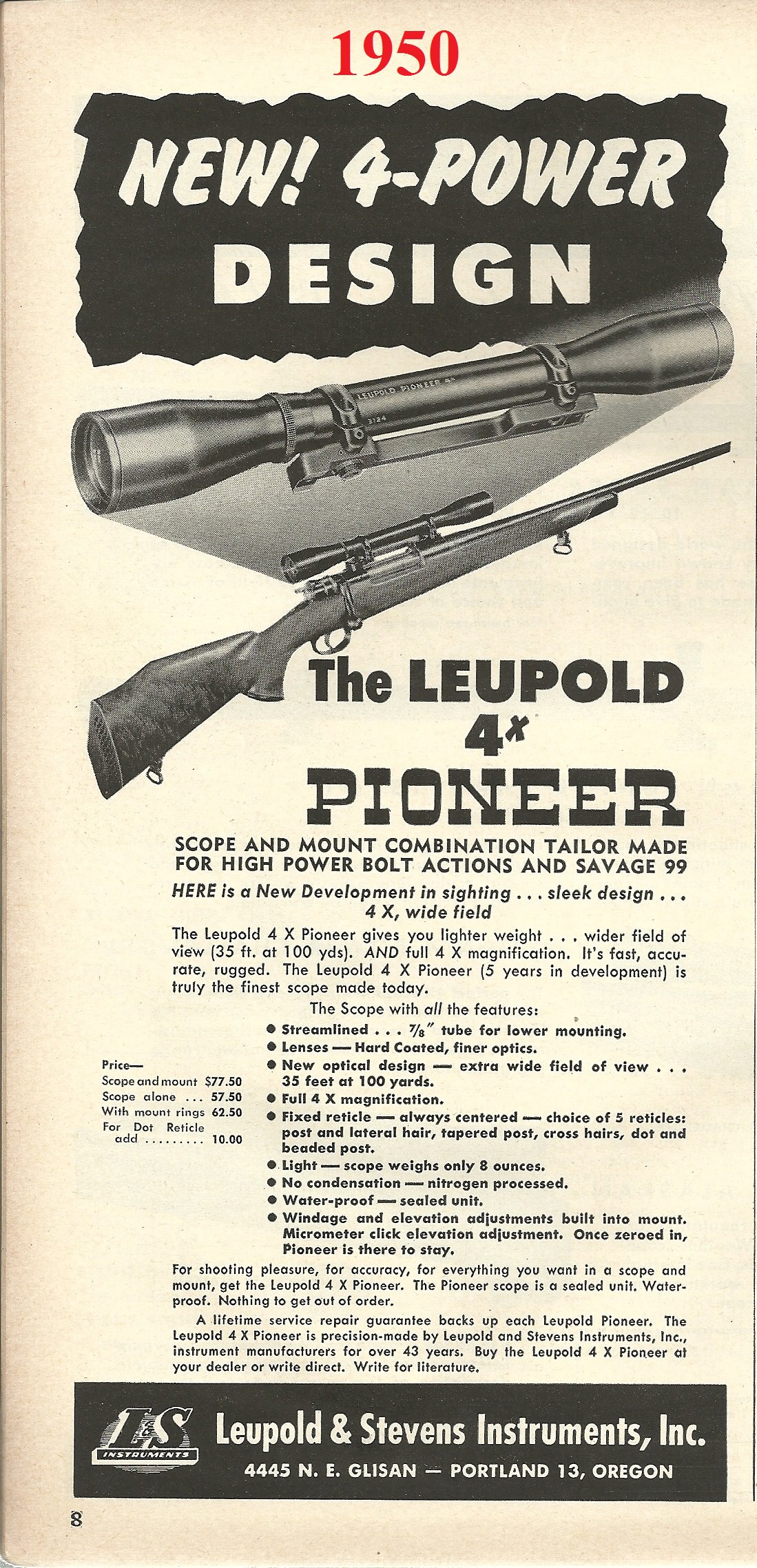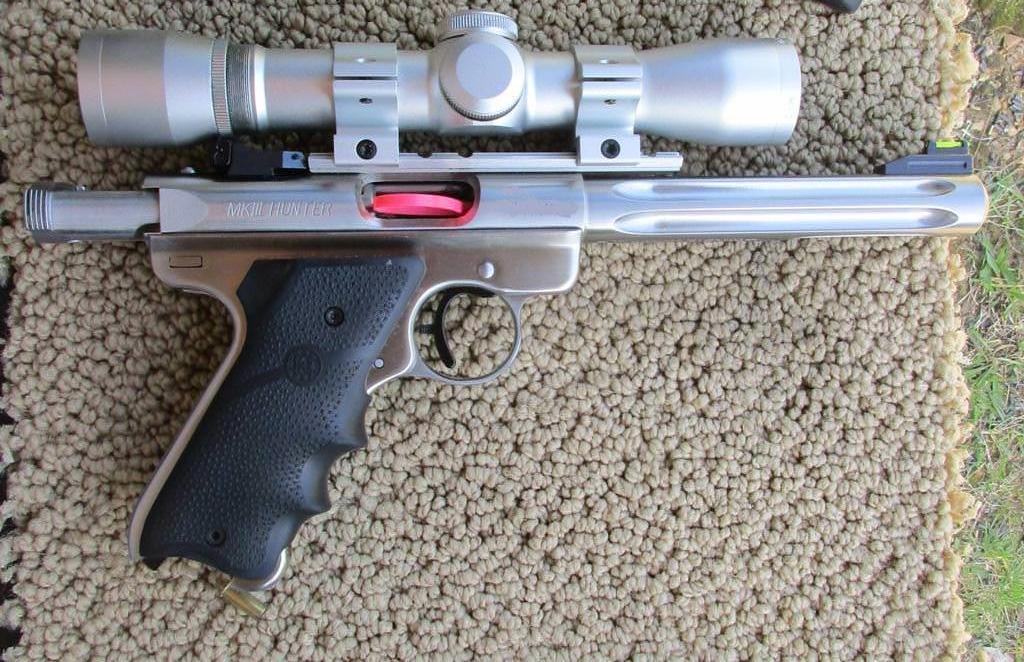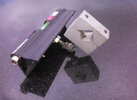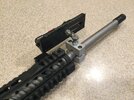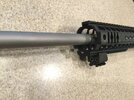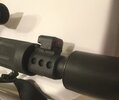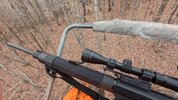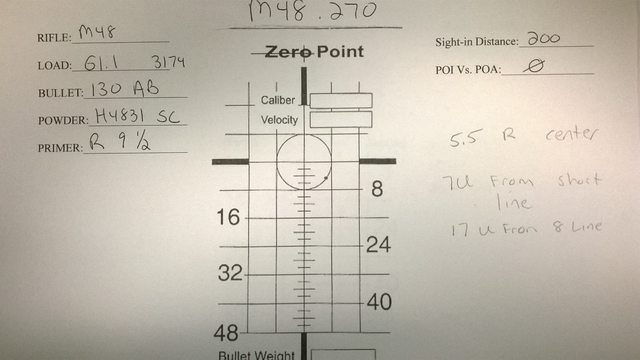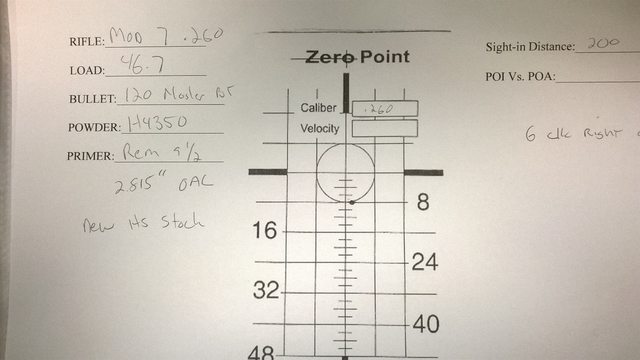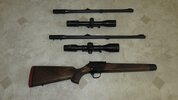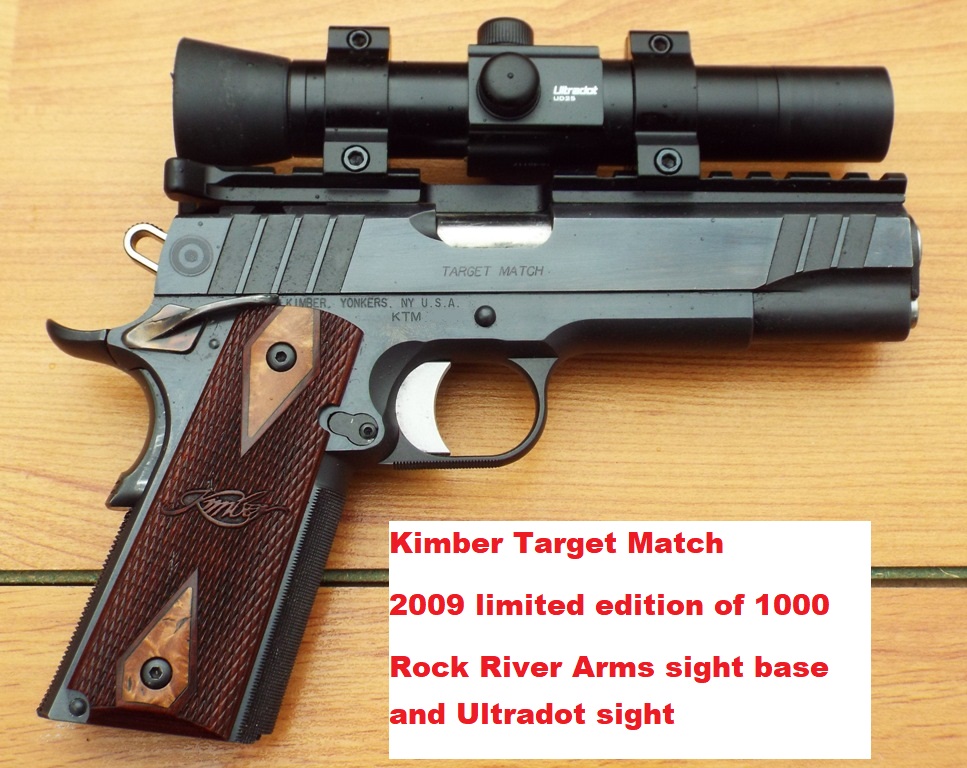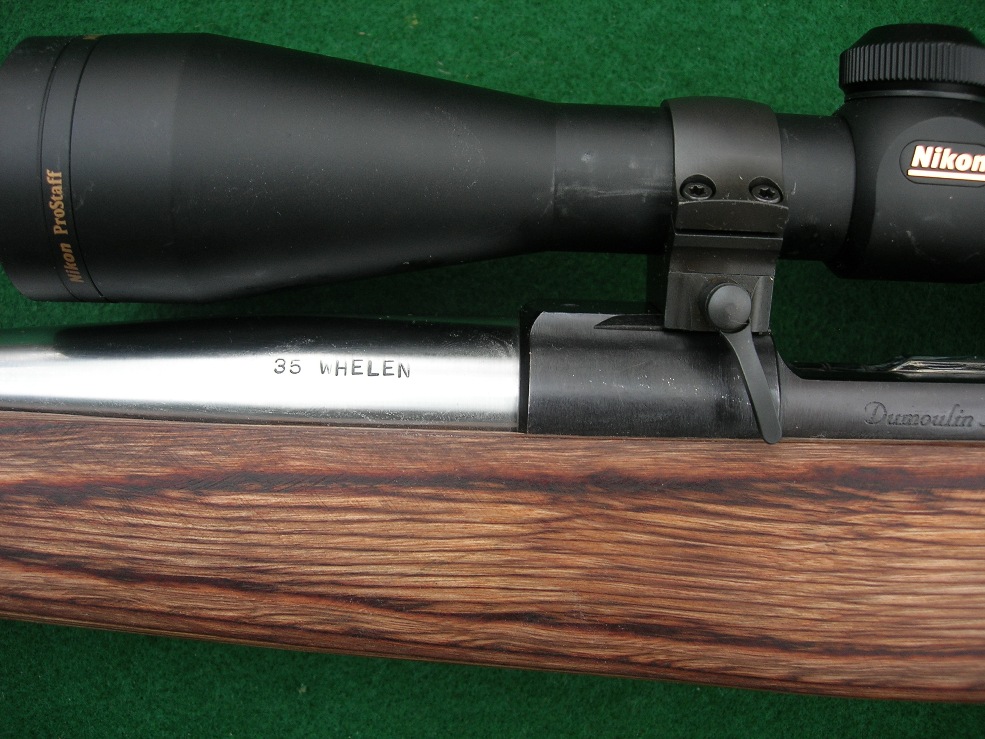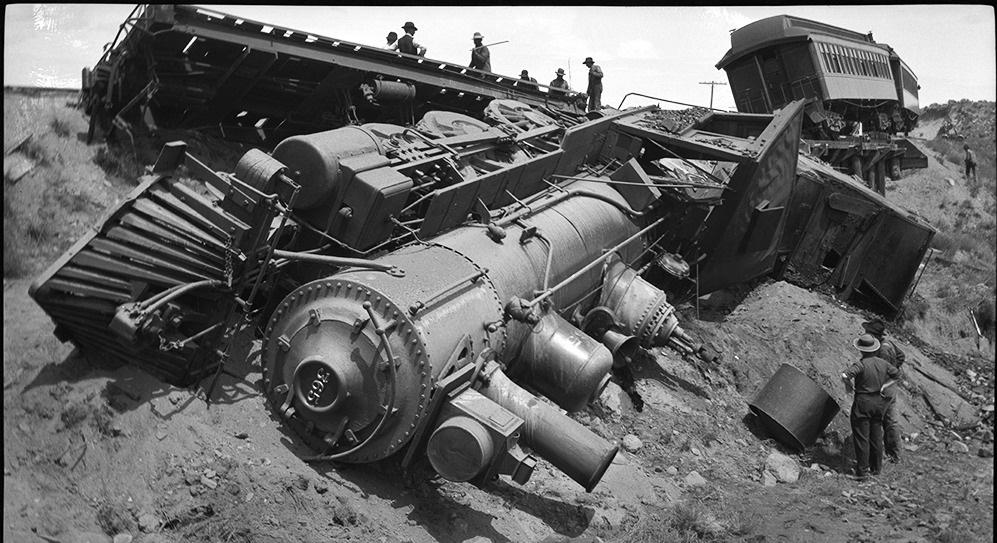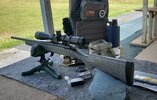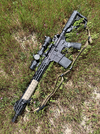Having guided and helped guide a lot of hunts, I can tell you from my experience that removing scopes from rifles and replacing them works very well with the correct mounts and correct procedures. However, probably 7 or 8 times now that I have seen people show up to hunt and miss their quarry at chip shot distances (inside 150 yards) and EVERY time, the exclamation is the same sentiment, "I don't know what's wrong." We set up a target at 75 or 100 yards and see how well they can hit it. Sometimes, they can't even hit the target. Why? The did something wrong in the mounting and then they committed the fatal flaw of not verifying their zero before hunting.
I have seen this happen with dedicated scopes that were removed from rifles before checking in at an airline (because thermal scopes are pricey and so the scope was hand carried and the rifle was shipped as law requires). More commonly, I have seen it with clip-ons. It is more common with rail mounted clip-ons, but have seen it with scope adapter-mounted clip-ons. I have never seen it for a clip-on that screws into the day optic directly (versus having an adapter mounted to the day scope and then the clip-on screws into it).
I think the problems occur because of the nature of people and what appears to be a very simple process, but what people forget is that it is a very precise process that can be significantly impacted by a mismounting in a ever so slightly different position or by a change in tension on the mounting hardware.
Honestly, I don't think you should be out and about with a gun you are planning to use that has an optic for which you haven't verified zero since mounting the optic, but that is my opinion. I would argue that if you are just plinking on a range, it won't matter if you didn't verify your zero. If it is a defensive gun or your favorite hunting rifle that you are flying cross country with on a trophy hunt of a lifetime, things where your shots truly matter, verify your zero before deploying the gun.
This is good advice. Because I am shooting my match 22lr rifles a couple of times, sometimes three times a month, in matches, I am very familiar with the foibles of the Redfield Big Bore mounts and rings. I have found, through trial and error, that it is possible to have cant in the scope, because I attached the rings incorrectly to the base dovetails. It is important to verify that the base is square with the mount. Also, I have paint marks on the dovetails to ensure that the rings are attached to the exact same locations. I also tighten the ring base screws to the same tension. Plus or minus as the base screws are coin slotted. I have found that if the base screws are a little loose, the windage will be off by a tiny amount. And if I get a strange windage change, I will immediately grap the scope, or the front and rear irons, and try to see if there is wobble. There has been, the screws that hold the scope base, and the iron sight bases, have all loosened over time.
I don't trust a scope base that is only held on with screws. Regardless of the Loktite you use, the screws will come loose. First time this base loosened up, I cleaned off everything with mineral spirits, and used a two part epoxy between the slide and base.I am not sure there is glue in this picture, but there is glue now.
I use a good two part epoxy, such as JB Weld, or Marine Tex. I have also used a Devcon epoxy.
I am sure I glued on this base, you can't see the glue joint in the picture.
The rear of the base is tiny because it has to fit behind the clip slot. The front is slightly better. Hey, it is a military action.
This is a much better rifle scope mount, a dove tail on top of the receiver
both the front and rear dovetails are machined to the receiver, and the dovetails have a taper so the rings are pushed tighter into the dovetails during recoil. As you can see, the rings come off easily, once you get them loose from the base.
But, you have to be familiar with your equipment. It is worth taking the scope on and off to verify if there is zero change, and that your assembly procedure is consistent, and you check for errors.
You want to keep your Choo Choo on the tracks.



